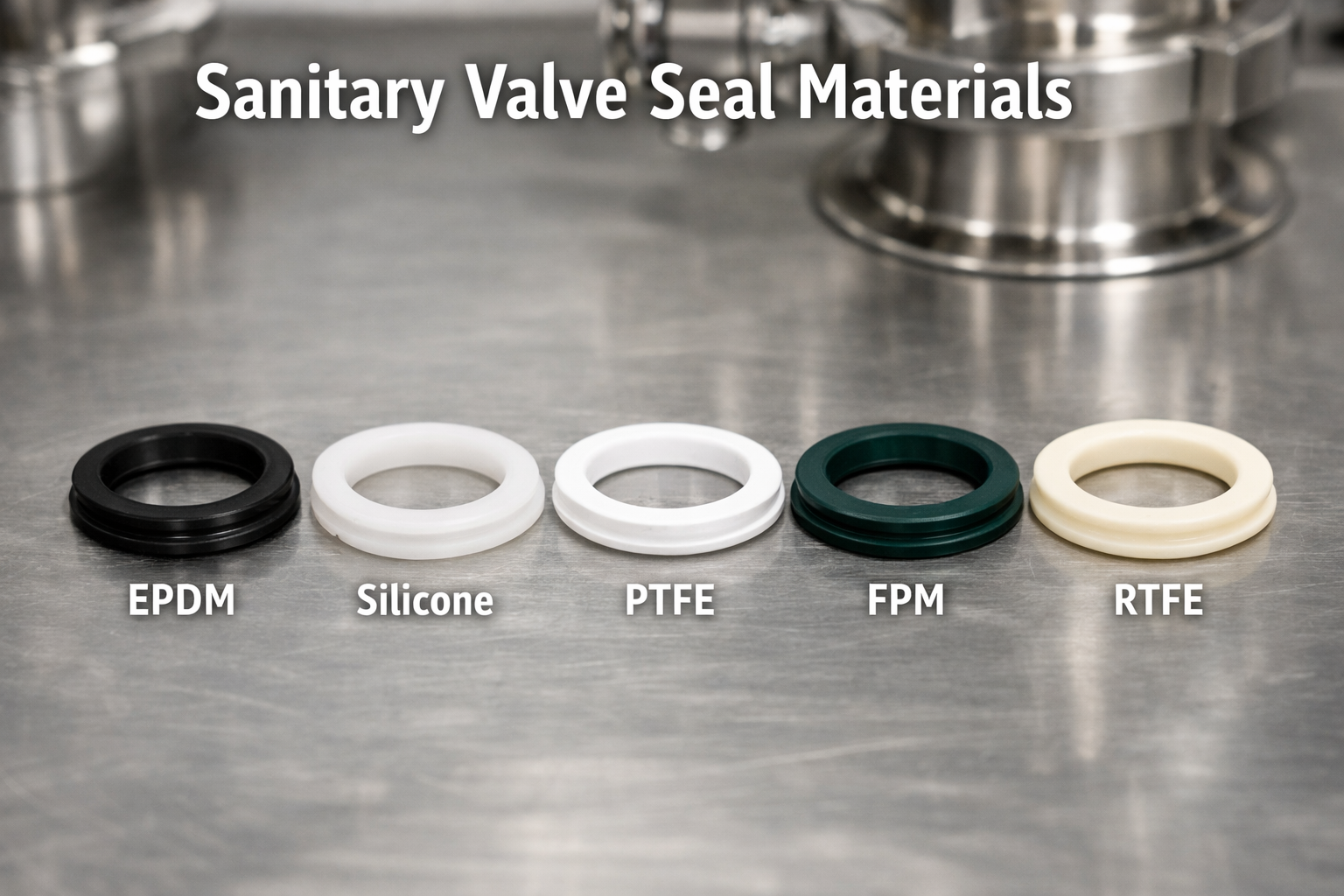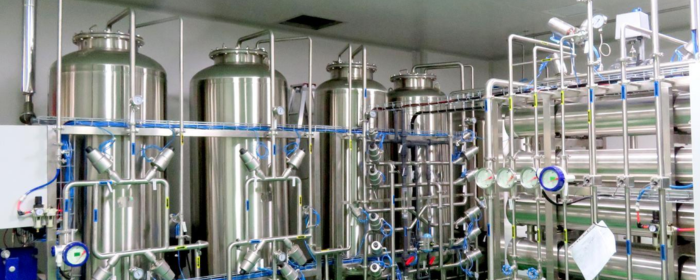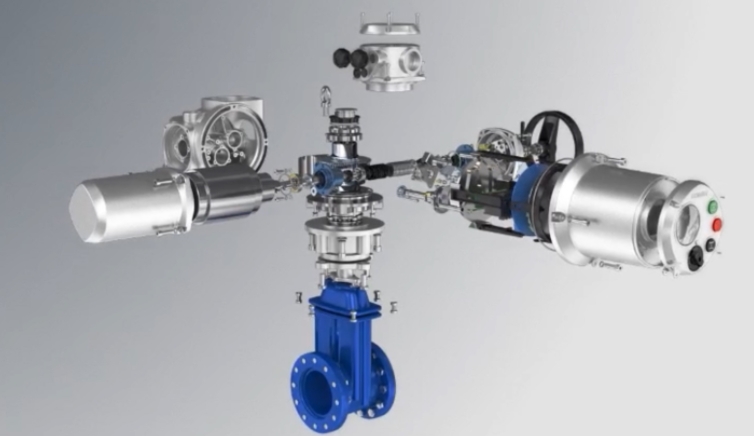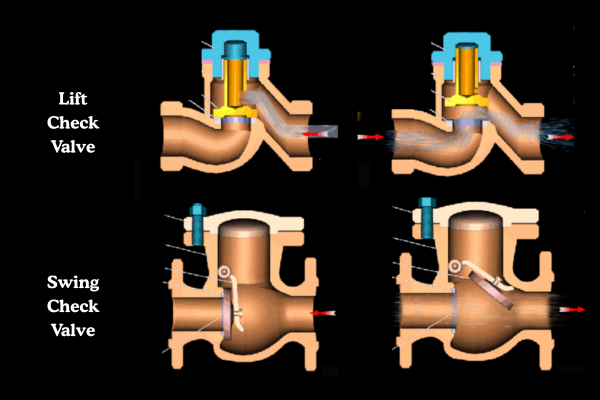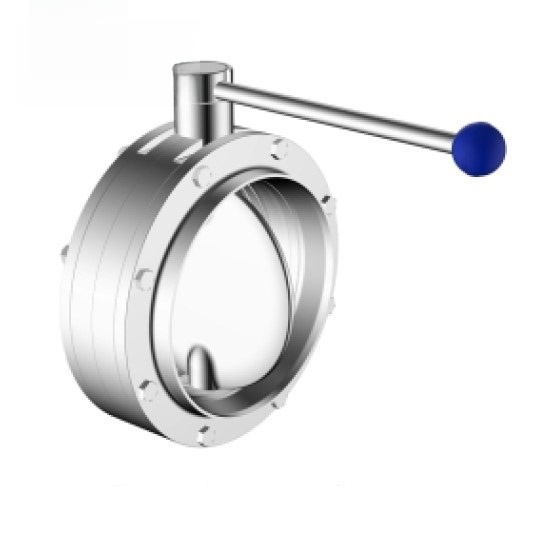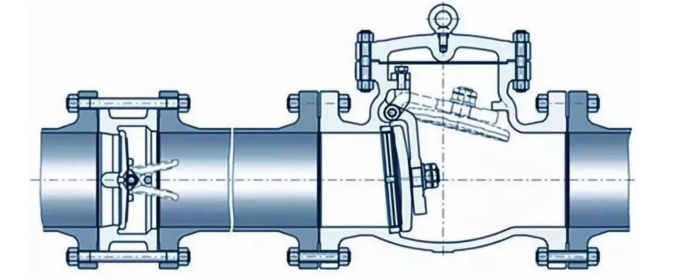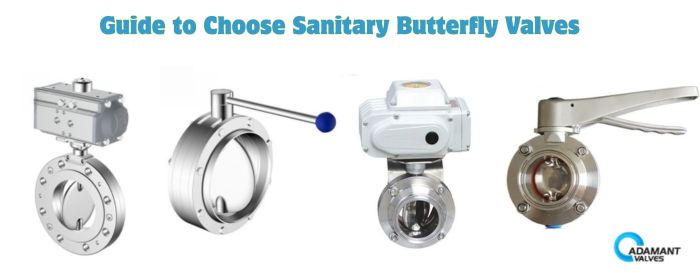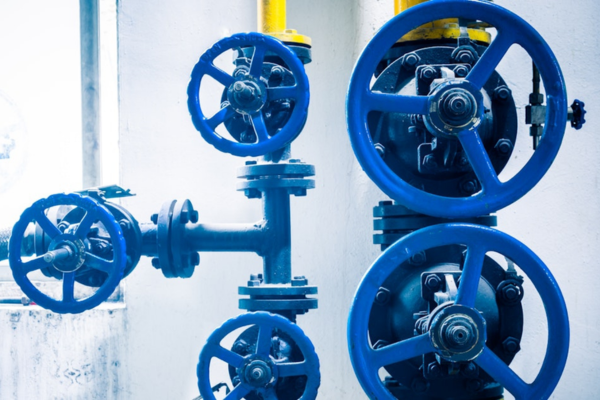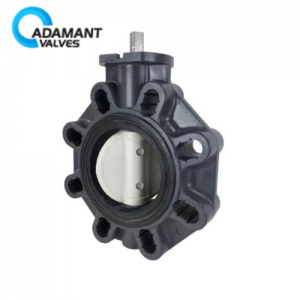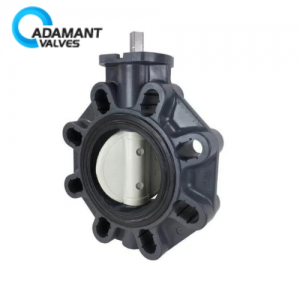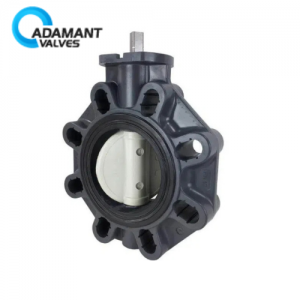Category: Valve Operation
Sanitary Valve Seal Materials Guide
In hygienic process industries such as food & beverage, pharmaceuticals, and biotechnology, valves are not just devices for controlling fluid flow—they are critical barriers that ensure product quality and safety. A minor seal failure can lead to contamination of an entire batch, production line shutdown, or even serious sanitary incidents. One of the key factors […]
Read morePneumatic vs. Electric Actuators in Pharmaceutical Manufacturing
In the pharmaceutical industry, particularly within GMP (Good Manufacturing Practice) critical zones, pneumatic actuation is the absolute mainstream and preferred choice. Electric actuation, on the other hand, is applied in specific non-critical or modulating scenarios. Why Does the Pharmaceutical Industry Favor Pneumatic Actuation? The dominance is rooted in its ability to meet the pharmaceutical industry’s […]
Read moreHow Are Sanitary Valves Corroded? – 6 Forms of Corrosion and Maintenance Methods
Valve corrosion is one of the main causes of valve failure. It can lead to leaks, contamination, and even safety incidents. Sanitary valves have higher requirements for corrosion resistance. Why Do Valves Corrode? Corrosion is the process by which metals gradually return to their ore state through natural processes. A key electrochemical reaction is involved […]
Read moreHow to Properly Select and Use Electric Valve Actuators for Sanitary Applications
Electric valve actuators are a critical component in sanitary processing systems, providing the important interface between automated controls and fluid handling in pharmaceutical, food and beverage, and biotech applications. Unlike industrial environments, sanitary applications require outstanding cleanliness, corrosion resistance, and validation capabilities. This guide provides an overview of best practices for actuator selection and installation […]
Read moreSingle Check Valve vs. Double Check Valve
What is a Single Check Valve? A single check valve, as the name suggests, usually consists of a single flap. The flap is fixed to the valve cover and operates by rotating to open or close the valve. When fluid flows forward, the flap rotates upward to open the valve, allowing fluid to pass through […]
Read moreBuying Guide: Understanding the Types of Sanitary Ball Valves
Clamp-type, weld-type, three-piece, full bore… There are various types and choices for sanitary ball valves. So, what are the characteristics of each type, and what other types of sanitary ball valves are available besides these? Classification by Connection Type The connection type is the primary dimension when selecting a sanitary ball valve. It directly relates […]
Read moreAre All Valves Closed Clockwise and Opened Counterclockwise?
In daily life, we use many valves. We might follow a simple rule: “Turn right to tighten (clockwise), turn left to loosen (counterclockwise).” But is this rule always true? Are all valves really closed clockwise and opened counterclockwise? The answer is: Yes, in most cases. But there is a very important exception. The General Rule: Righty-Tighty, […]
Read moreWhere Should a Check Valve Be Installed?
How is the installation location of a check valve determined? What is the difference between installing a check valve before the pump versus after the pump? Where is pre-pump installation suitable? Check valves are often used with other valves. So, where should the check valve be installed when used in combination with other valves? Let’s […]
Read moreGuide to Choose Sanitary Butterfly Valves
Sanitary butterfly valves are key parts in fluid control systems. They are widely used in industries with strict hygiene needs, like food, beverage, pharma, biotech, and cosmetics. These valves help control fluid flow accurately while keeping the product safe from contamination. Picking the right type and size is very important. It affects how well the […]
Read moreWhat to Do If a Sanitary Valve Leaks or Gets Stuck
Sanitary valves are essential parts of piping systems. Sanitary valves are used in pharma and food industries. When sanitary valves leak or clog, problems arise. Production can be put behind schedule. Product quality is compromised. Understanding why this happens and how to repair it is essential. Why a Sanitary Valve Could Leak and How To […]
Read more
